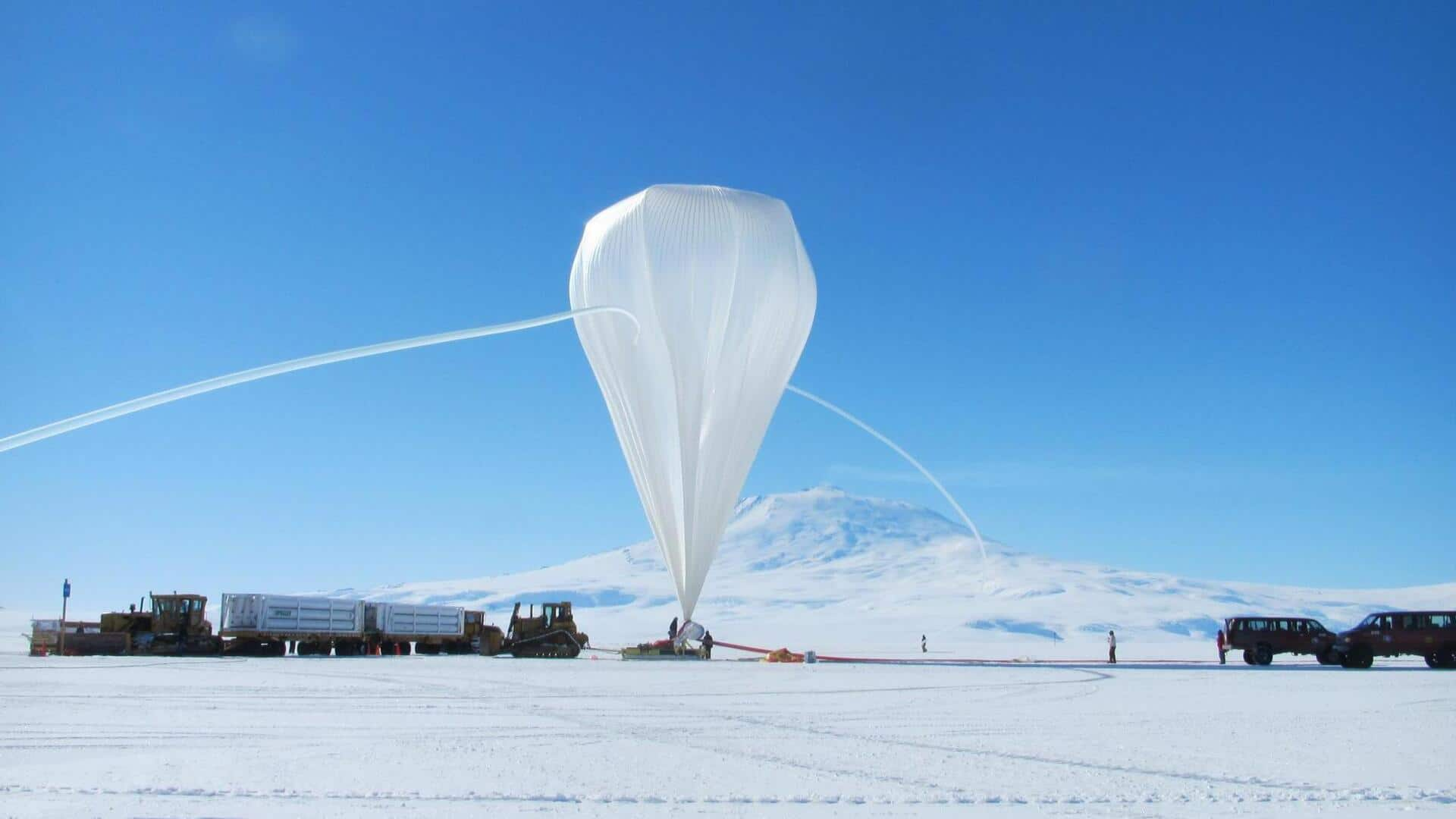
NASA announces GUSTO balloon telescope: What are its objectives?
What's the story
NASA is gearing up to launch an experiment called GUSTO which will create a 3D map of a section of the Milky Way galaxy. The telescope will soar 120,000-feet above Antarctica on a high-altitude balloon for a minimum of 55 days, collecting valuable data from the interstellar medium (ISM). ISM refers to the gap between stars that are filled with dust, gas, and other materials. The launch will take place no earlier than December 21 from Antarctica.
Details
What is the mission about?
The GUSTO mission will study signals of carbon, oxygen, and nitrogen in the ISM to gain insights into the formation of stars and planets. GUSTO is short for Galactic/Extragalactic ULDB Spectroscopic Terahertz Observatory. The interstellar medium is where "diffuse, cold gas and dust accumulate into gigantic cosmic structures called molecular clouds, which, under the right conditions, can collapse to form new stars," explains NASA. From this "swirling disk of material around the young stars," planets can form.
Capabilities
Unique capabilities of GUSTO
Chris Walker, Principal Investigator of GUSTO from the University of Arizona, explains it is uniquely equipped to detect terahertz frequencies emitted by particles in ISM. GUSTO will operate like "a cosmic radio," that can "listen" for particular cosmic ingredients. "We basically have this radio system that we built that we can turn the knob and tune to the frequency of those lines," Walker explained. "And if we hear something, we know it's them. We know it's those atoms and molecules."
Insights
Why can't such observations be made from Earth?
Due to water vapor in Earth's atmosphere absorbing light from carbon, nitrogen, and oxygen atoms and molecules, ground-based telescopes are unable to observe such elements in the ISM. GUSTO will fly above most of this water vapor at 120,000-feet, offering an ideal vantage point for observation. Additionally, it will unveil the 3D structure of the Large Magellanic Cloud, a dwarf galaxy near Milky Way, visible with the naked eye from parts of the Southern Hemisphere.
Facts
This is a collaborative project
The GUSTO telescope will fly in an atmospheric zone around the South Pole which produces cold rotating air, called anticyclone, which will allow it to fly in circles without disturbance during the mission. GUSTO is the first in NASA's Explorer program, which seeks to provide frequent flight opportunities for world-class scientific investigations. The mission team is currently conducting final checks before launch in Antarctica. The groundbreaking project involves collaboration between NASA, MIT, Johns Hopkins University Applied Physics Laboratory, and others.